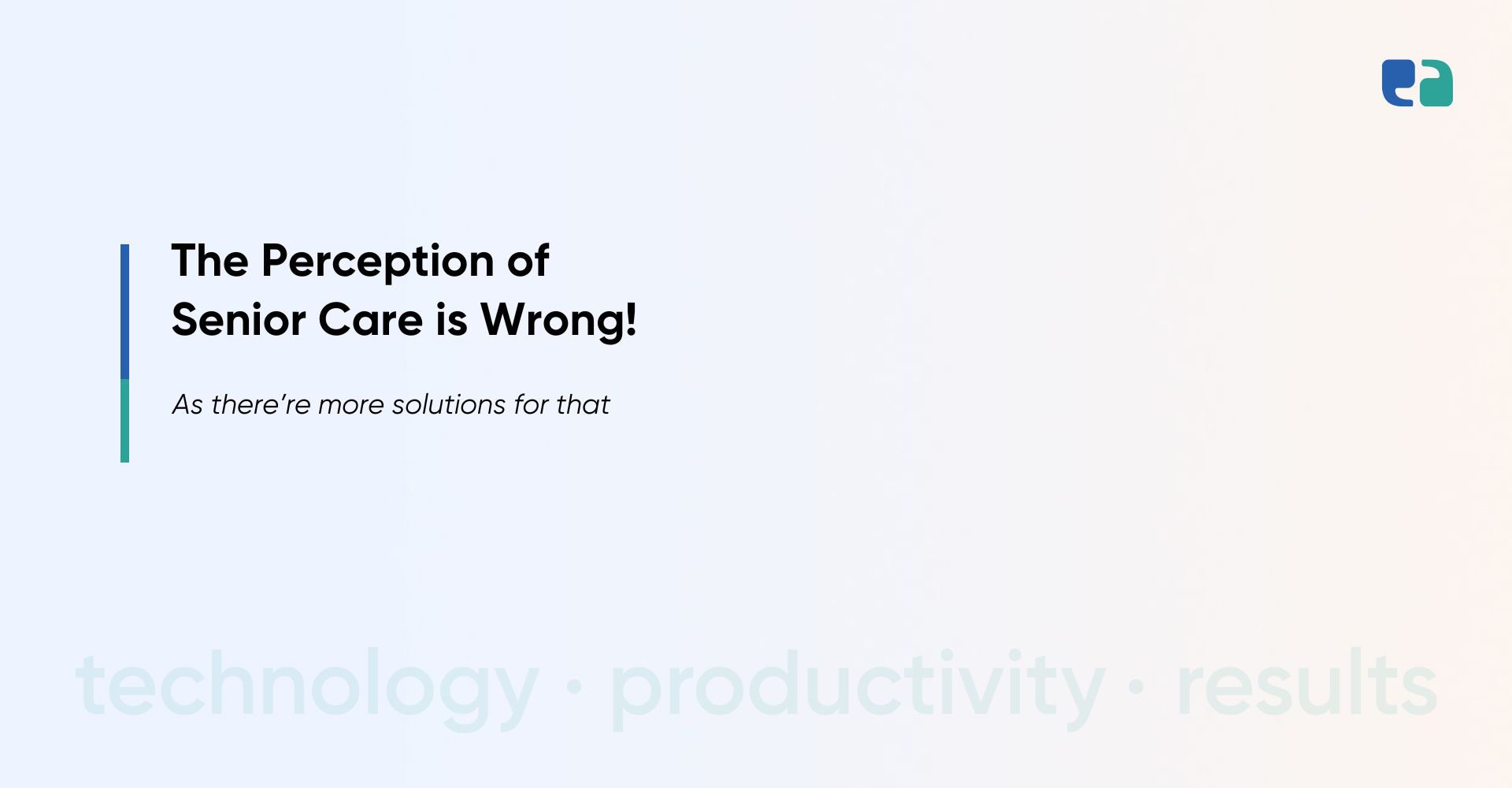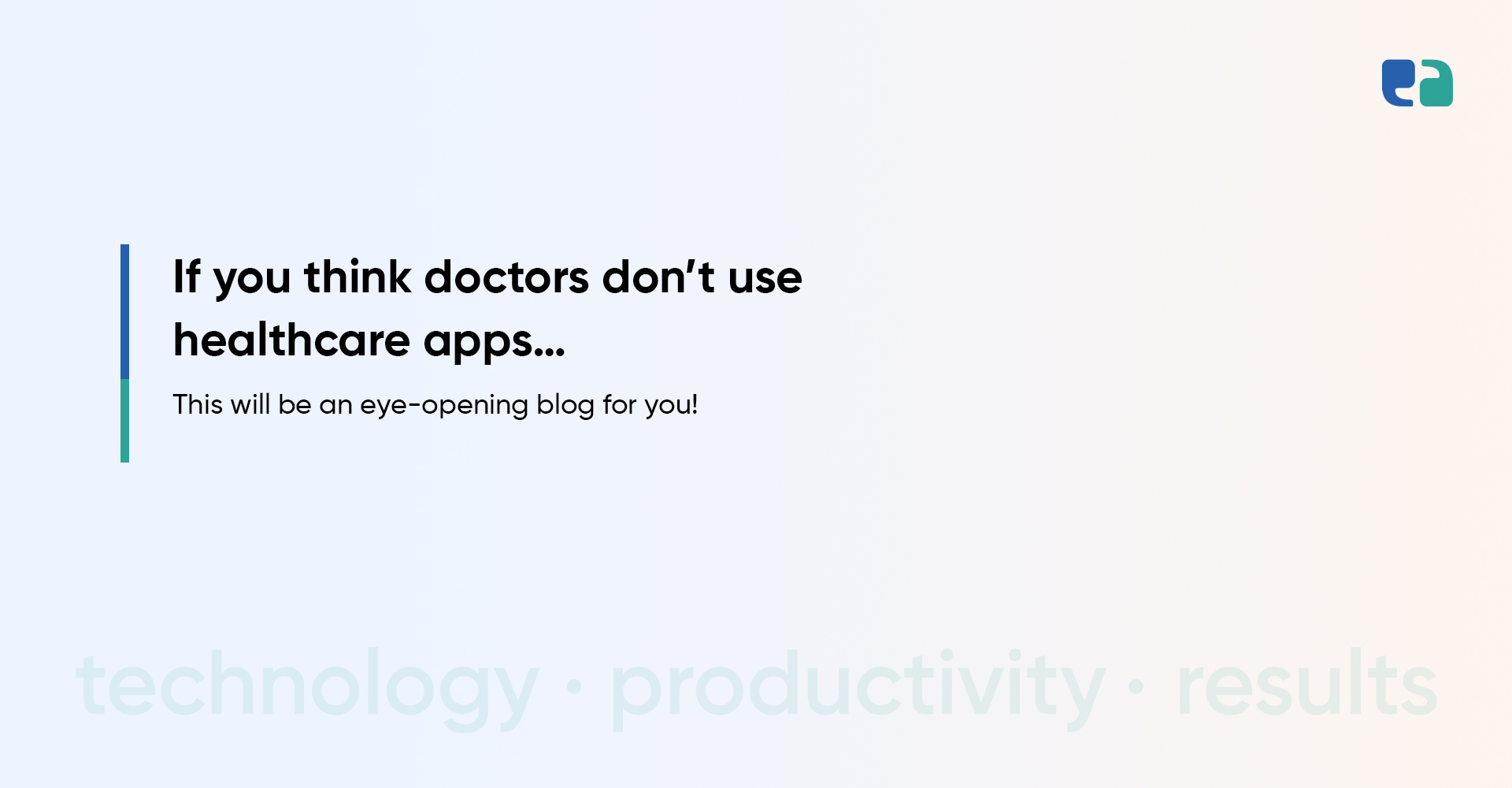In the United States, the rising cost of prescription drugs has become a huge burden for many.
Between 2022 and 2023, prices for over 4,200 medications increased, with an average hike of 15%—that’s around $590 per drug.
This has left more than a quarter of U.S. adults struggling to afford their medications. Unsurprisingly, most people feel that prescription drug costs are “unreasonable.”
To ease this financial strain, apps like GoodRx have gained popularity.
GoodRx alone has saved Americans an estimated $65 billion on prescription costs. These apps partner with pharmacy benefit managers (PBMs) to negotiate lower prices and provide coupons for discounts at participating pharmacies.
But even though GoodRx has helped many, it’s not perfect.
Concerns about data-sharing practices and user privacy have raised eyebrows. Plus, critics say these apps don’t solve the underlying problem of high drug prices—they just work around it.
If you’re thinking of building a prescription discount app, there’s a chance to do better.
By focusing on privacy, transparency, and offering more than just discounts, you can create an app that truly empowers users while addressing deeper issues in healthcare.
Understanding the GoodRx Model: Strengths and Weaknesses
GoodRx connects patients, pharmacies, and pharmacy benefit managers (PBMs) to offer prescription discounts. Their business model generates revenue through:
- Prescription Referral Fees: Pharmacies pay GoodRx a fee when users use their coupons to fill prescriptions.
- Subscription Service: GoodRx Gold, a premium plan, offers extra discounts and perks for a monthly fee.
- Advertising Partnerships: Pharmaceutical companies and healthcare providers pay to promote their products on the platform.
GoodRx has become popular thanks to its strengths:
- Wide Pharmacy Network: With over 70,000 partner pharmacies, including Walmart, CVS, and Walgreens, users have plenty of options.
- User-Friendly Platform: Searching for medications, comparing prices, and finding discounts is simple and quick.
- Big Savings: GoodRx users save up to 80% on prescriptions, making it a lifeline for people struggling with high drug costs.
But GoodRx has some weaknesses too:
- Privacy Concerns: GoodRx has faced criticism for sharing user health data with companies like Facebook and Google. This has raised ethical questions about user privacy.
- Lack of Pricing Transparency: Users don’t always know how discounts are calculated or see a clear breakdown of costs.
The Limitations of Traditional Discount Apps
Apps like GoodRx have made it easier to save on prescriptions, but they still have gaps that leave users wanting more. Here’s where these apps fall short:
Limited Coverage
Even with their large networks, current discount apps don’t always cover everything users need.
- Specialty Medications: Discounts on specialty drugs, often used for chronic or complex conditions, are limited. These medications are expensive and not well-supported by traditional apps.
- Independent Pharmacies: Apps like GoodRx focus on big pharmacy chains but often miss out on partnerships with smaller, independent pharmacies. This limits options for users who rely on local pharmacies.
Lack of Personalization
Most discount apps take a one-size-fits-all approach, which doesn’t work for everyone.
- Insurance Integration: Many apps don’t integrate with insurance plans, leaving users confused about where they can save more. An ideal app should compare discounts and insurance prices to find the best option for each user.
- Medication History: Apps rarely use a user’s medication history to recommend savings or assistance programs. A personalized touch could make a big difference in user experience and savings.
User Experience Issues
How an app looks and works is just as important as the discounts it offers.
- Cluttered Interfaces: Some apps overwhelm users with too much information, making it hard to find what they need. A clean design is key to a better experience.
- Limited Features: Basic features like medication reminders or refill trackers are often missing. These could make the app more useful for managing health.
- Inconsistent Pricing: Users sometimes report differences between app prices and what they actually pay at the pharmacy. This inconsistency can break trust.
By solving these problems, new apps can provide a more user-friendly, personalized, and reliable experience. Entrepreneurs can build apps that empower users and truly help them manage their healthcare costs.
Key Features for a Superior Prescription Discount App
To truly help users save on medications and manage their health, a superior app needs to address the gaps in traditional discount apps. Here’s what a next-gen prescription discount app should include:
Monetization Strategies for a Sustainable Prescription Discount App
Creating a sustainable app means balancing revenue generation with user trust. Here’s how to do it:
1. Diversify Revenue Streams
Relying on one source of income can be risky. Mix these strategies:
- Transaction Fees: Charge pharmacies a small fee for prescriptions filled through the app, like GoodRx does.
- Premium Subscriptions: Offer paid plans with perks like exclusive discounts and ad-free experiences. For example, GoodRx’s “Gold” membership provides extra savings.
- Careful Advertising: Use targeted ads that respect privacy and only show relevant content.
- Strategic Partnerships: Partner with telehealth platforms and insurance providers to offer integrated services and share revenue (with user consent).
2. Transparent Pricing
Be clear and fair to earn user trust:
- Explain Discounts: Show how discounts are calculated, like pharmacy markups and negotiated rebates.
- No Hidden Fees: Make all charges visible upfront to avoid losing trust.
3. Value-Added Services for Premium Users
Offer extra benefits to attract paid subscribers:
- Personalized Suggestions: Use AI to recommend cost-saving alternatives.
- Exclusive Discounts: Partner with pharmacies for special deals.
- Priority Support: Provide quicker help for premium users.
A well-rounded strategy keeps users happy and the app profitable.
Legal and Ethical Considerations You Must Address
Building user trust starts with strong privacy and security. Here’s how:
1. HIPAA Compliance
Prescription apps must protect sensitive health data. To comply:
- Encrypt data during transfer and storage.
- Restrict access to authorized personnel only.
- Have clear steps for handling data breaches.
Related: Guide to HIPAA Compliant App Development in 2025
Why It Matters
GoodRx faced a $1.5M penalty for sharing health data without consent. It’s a reminder—compliance isn’t optional.
2. Privacy and Security
Go beyond the basics:
- Collect only the data you need.
- Be clear about how you use data and get user consent.
- Share a simple, transparent privacy policy.
Secure apps are trusted apps. Keep it simple, safe, and ethical.
Technical Considerations for Your Saving App Development
Building a strong prescription discount app means getting the tech right.
1. Tech Stack
Choose the right tools for better performance and cost savings:
- React Native: Build iOS and Android apps with one codebase.
- Flutter: Great for smooth, visually appealing interfaces.
- Swift (iOS) & Kotlin (Android): Best for platform-specific features.
2. Cloud Infrastructure
Use cloud platforms like AWS, Google Cloud, or Azure for easy scaling:
- Databases: Handle big data and traffic spikes effortlessly.
- Serverless Computing: Pay only for what you use, perfect for unpredictable traffic.
3. API Integration
Connect to pharmacy systems for real-time pricing:
- Secure APIs with tools like OAuth 2.0.
- Handle errors gracefully to keep things running smoothly.
For example, GoodRx partners with Pharmacy Benefit Managers (PBMs) to fetch prices securely—something every app should aim for.
Your Step-by-Step Guide to Building a Prescription Discount App
Launching a prescription discount app takes a clear and strategic plan. Here’s a simple roadmap to help you start:
1. Research Your Market
Understand your audience and their pain points. For instance, people with chronic conditions often struggle with high medication costs. Analyze competitors like GoodRx and RxSaver to find gaps and opportunities to stand out.
2. Build a Minimum Viable Product (MVP)
Start small with the essential features:
- Price comparison for medications.
- Discount coupons.
- Pharmacy locator.
This approach saves time and helps you get real-world feedback faster.
3. Test and Improve Continuously
- Test your app regularly for usability and security.
- Gather user feedback to spot areas for improvement.
- Use this feedback to refine your app and add features based on user needs.



